
News


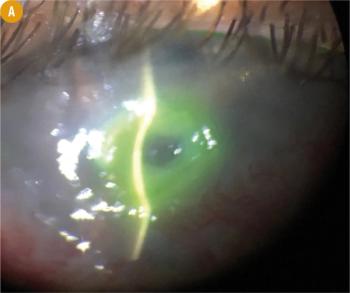





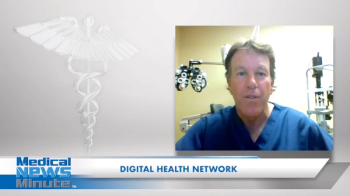
Are older individuals less likely to undergo cataract surgery if they have small support groups? A retrospective cohort study of Medicare patients published in JAMA Ophthalmology looked at this question.
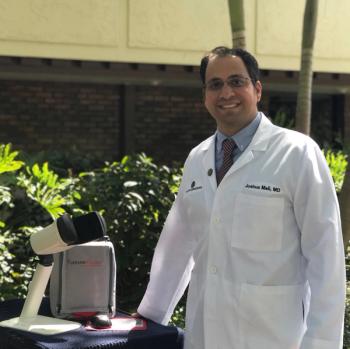
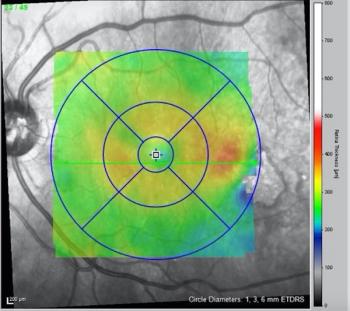
Diabetic eye disease is occurring in younger populations, which means it's time to rethink anti-VEGF standards.

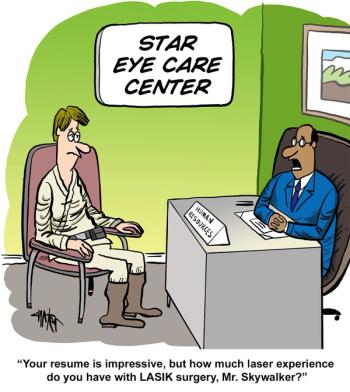
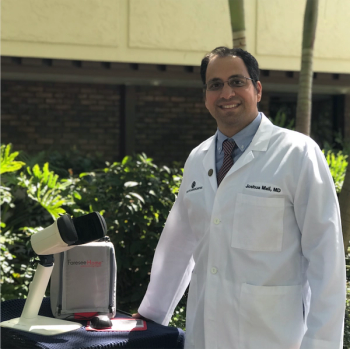
In the first part of his Clinical Innovation series, Josh Mali, MD, shares how this novel home-use device is the new standard of care for AMD monitoring. Future blogs in the series will discuss the increased efficacy of patient monitoring and present case examples.


Stormy Daniels’ pupillary diameter could indicate high intelligence

Christopher J. Rapuano, MD, explains how red eye might be something more. Superior limbic keratoconjunctivitis may be identified by lifting the upper lid and having the patient look down.

As the diversity of drop products expands and knowledge of the nuances of various ocular surface maladies increases, consider how the differences between drop products might make one drop a better choice for a given patient.

In a well-matched sample group, patients with higher levels of postoperative astigmatism reported a greater improvement in quality of life and a greater rate of willingness to have the procedure again if they received an Extended Depth of Focus IOL compared to patients receiving a low-add, multifocal IOL, despite similar postoperative clinical and patient reported performance.

The title of this blog may have you answering in the affirmative -after all, working in medicine is all about the patients, right?

How taking a holistic, tactical approach into process improvement can drive even the smallest of gains for your practice

Favorable outcomes have been achieved after the first clinical use of IOL technology that is designed to maintain an open capsule long-term after cataract surgery and enable refractive fine-tuning postoperatively.

"Techniques and technologies evolve in parallel, and the motivation should always be to improve lives," said Steve Charles, MD, founder, Charles Retina Institute, Germantown, TN.

Small-incision lenticule extraction monovision could be a valid option to manage presbyopia in patients with myopia, said Sheetal Brar, MD.
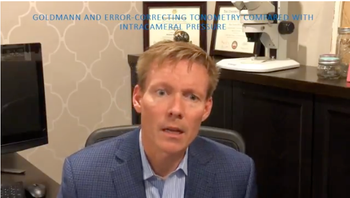
A modified correcting applanation tonometry surface (CATS) prism reduces measurement errors due to corneal biomechanical parameters and improves the accuracy of IOP measurements compared with a standard Goldmann applanation tonometer (GAT) prism.

An investigational laser was singled out by Richard Packard, MD, is a session to highlight "exciting new devices" to help surgeons. The technology provides a fast, simple, and elegant technique for precise capsulotomy, he noted.

In eyes with keratoconus undergoing CXL, topography-guided photorefractive keratectomy (TG-PRK) provides superior refractive and functional outcomes compared with transepithelial phototherapeutic keratectomy (TE-PTK). Yet, there remains a role for PTK, said Simon P. Holland, MD.

Ophthalmologists know from large studies that the major driving factor for patient satisfaction is having a good postoperative refractive outcome. "That is especially so for patients receiving multifocal IOLs, toric lenses, or having clear lens exchange," said Oliver Findl, MD, MBA.
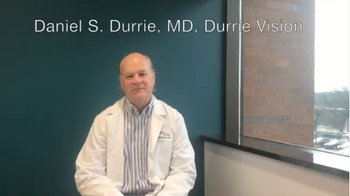
Instead of thinking about getting patients to see 20/20 uncorrected vision and out of the inconvenience of glasses or contact lenses, perhaps in the future we will be talking about getting them all to see 20/10 uncorrected and better than they could before with correction, said Daniel S. Durrie, MD. .

Injecting air into the lumen of the graft is an effective and efficient technique for dealing with the dreaded "taquito" graft configuration when performing Descemet's membrane endothelial keratoplasty (DMEK), said Neda Shamie, MD.



.png)


